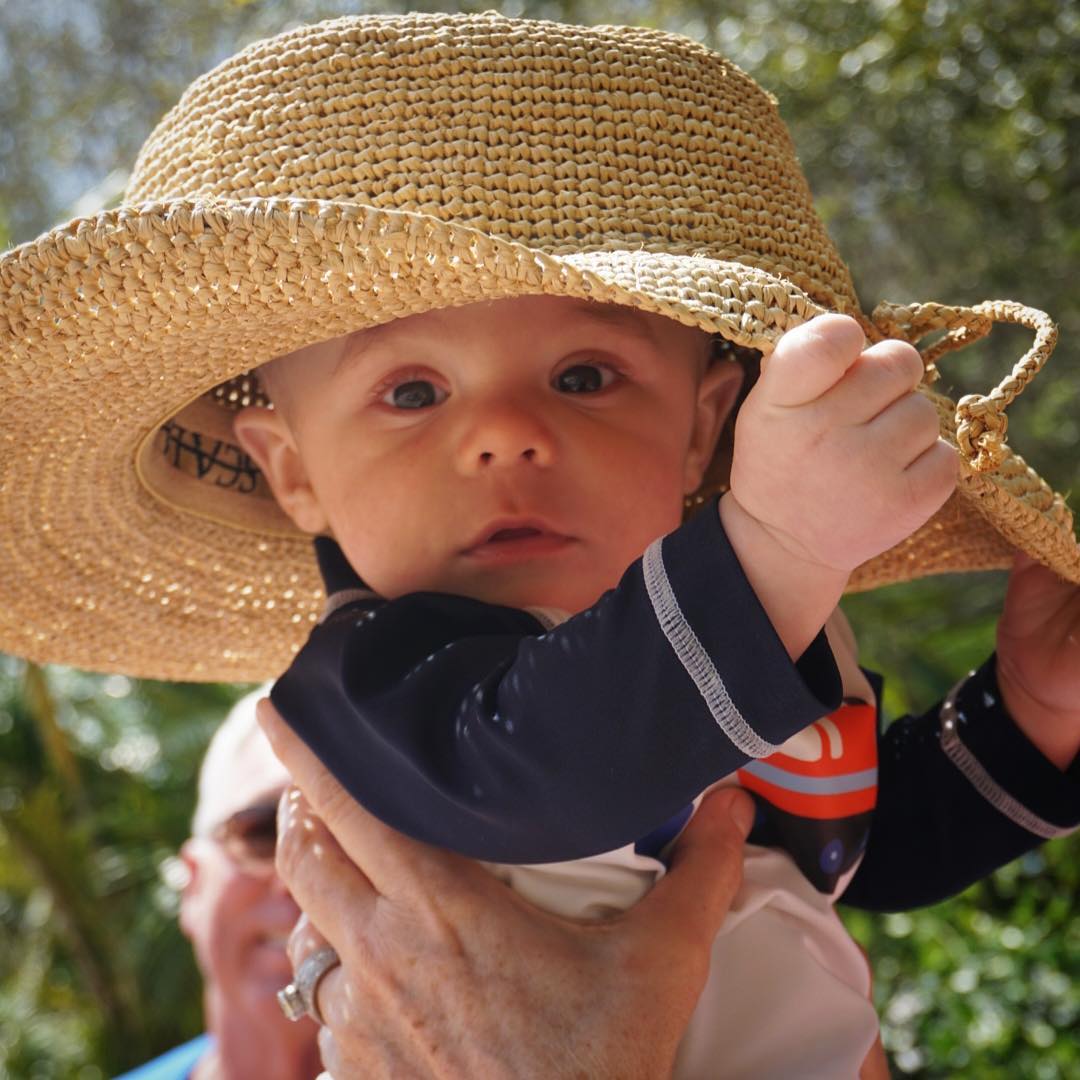Checklist: How to Travel With Your Baby
Checklist: How to Travel With Your Baby
Don’t let your little one deter you from taking on the world. Here’s what you need to know, from the airport to the hotel room.

So you’ve booked your first vacation with your baby. Travel isn’t as easy as it used to be, but that shouldn’t stop you from planning a well-deserved getaway. To ensure the vacation is enjoyable for everyone, keep these tips in mind.
Before You Go
1. Research Your Space Before You Book
The layout of your accommodations is very important. For example, if it’s open concept, you’ll have to be extra quiet during nap times. If you’re heading to a resort, check if there is a deck or patio where you can hang out at night so you don’t have to sit quietly in the dark.
2. Don’t Forget the Essentials (But Keep It Light)
When travelling with a baby, you can usually bring an additional large carry-on if needed, but always check your airline’s specific restrictions. Bring enough diapers and wipes for the journey and a few extras in case of a delay. Ensure you have a travel blanket, diaper pad, an extra set of clothes (for both you and your baby), a toy or two and a few snacks. Formula, breast milk, baby food and juice are allowed in small containers; in Canada, the usual 100 mL-or-less restriction does not apply if your infant is less than two years old. Travel Canada suggests freezing a bottle of milk or formula, or even taking along a bag of frozen peas to keep everything cool—ice or gel packs are subject to the liquid restrictions.

3. Research Rentals
Find out what you can rent or borrow when you get to your destination. Many hotels and resorts will offer cribs, formula and distilled water, and some car rental services also offer car seat rentals. (Hint: Hertz offers CAA Members a free booster seat.) And many destinations—from Bulgaria to India—have independent rental companies that will supply you with anything from car seats to high chairs to beach balls. When renting, always ensure you are receiving equipment that adheres to Canadian safety standards.
4. Always Think Portable
Buy a light travel stroller, sling or baby carrier. Many travel strollers fold up into overhead storage size for easy transport both en route and when you arrive. Carriers or slings can be helpful for navigating busy crowds, or leaving your hands free for luggage or a quick selfie.
Check your additional carry-on allowance with your airline. Air Canada, for example, allows a stroller with a collapsed diameter of 25.5 centimetres or less, which can be checked at the gate and picked up at the end of the flight.
Getting There
5. Get Through Security
Check to see if a special needs/family lane is available, as they are better equipped to screen larger items such as strollers and diaper bags. All baby food and drinks will need to be presented to a screening officer for separate inspection. Specific regulations can change from location to location, so always check with your airline and the airports’ security agencies.
6. Carry All the Proper Documentation
All Canadians travelling internationally need a passport—even your baby—and some countries may require a visa for entry. If you’re travelling without your partner, bring a signed note from the non-present parent stating that they consent to the travel. (The letter does not have to be notarized, but it is recommended.) If you’re a single parent, take along paperwork to prove it—a court decision, birth certificate naming only one parent, death certificate, etc.

7. Prepare for Pressure
Some babies aren’t bothered by the inflight pressure change, but bring a pacifier and bottle, or nurse your baby during takeoff and landing just in case. The sucking action will help reduce the possibility of ear pain and make for a happier baby.
8. Think Entertainment
Unless your baby sleeps from gate to gate, you will need to keep your little one amused for a few hours. Bring a handful of your baby’s favourite toys and a few surprises that will capture their attention. Again, only bring a few: you want to keep that carry-on light.
When You Arrive
9. Set Up Your Space
Unpack as soon as you arrive. Set up your crib as well as a diaper-changing station—the last thing you want is a frantic search for the diaper bag at the eleventh hour. Finally, set up kitchen space near a sink for easy bottle cleaning, snack storage and food prep. Creating these separate areas will give your space a sense of order.

10. Strategize Around Sleep
Try to plan activities around normal napping and bed times. If you have sleep routines at home, try to stick to them as much as possible. Take turns nap-sitting in your room or plan activities that you know your baby will sleep through (perhaps a drive or walk) at their regular nap times. Also, don’t forget about different time zones! Depending on the length of your stay, you may or may not want to slowly adjust his/her naps to the new time.
Above all, be flexible—you’re on vacation! Enjoy your time away from regular life and embrace the new adventure of travelling with a baby.
Read my article on baby travel in CAA Magazine.

